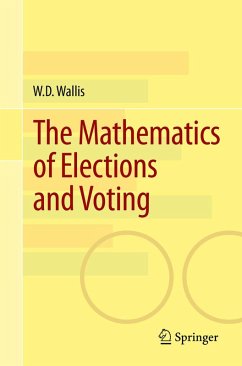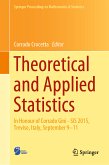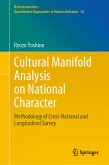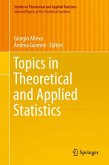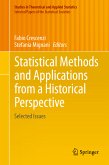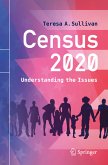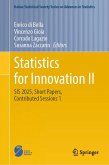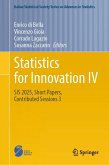In recent years, electoral theory has been introduced into lower-level mathematics courses, as a way to illustrate the role of mathematics in our everyday life. Few books have studied voting and elections from amore formal mathematical viewpoint. This text will be useful to those who teach lower level courses or special topics courses and aims to inspire students to understand the more advanced mathematics of the topic. The exercises in this text are ideal for upper undergraduate and early graduate students, as well as those with a keen interest in the mathematics behind voting and elections.
Dieser Download kann aus rechtlichen Gründen nur mit Rechnungsadresse in A, B, BG, CY, CZ, D, DK, EW, E, FIN, F, GR, HR, H, IRL, I, LT, L, LR, M, NL, PL, P, R, S, SLO, SK ausgeliefert werden.
"This concise volume is an introduction to various voting schemes and electoral systems. ... the book gives a good picture of the range of voting systems that exist and some of the reasons they are used in certain situations. It is most suitable for undergraduates with some knowledge of combinatorics and proof, who are beginning to study elections and voting." (Matthew Davis, zbMATH, Vol. 1305, 2015)

